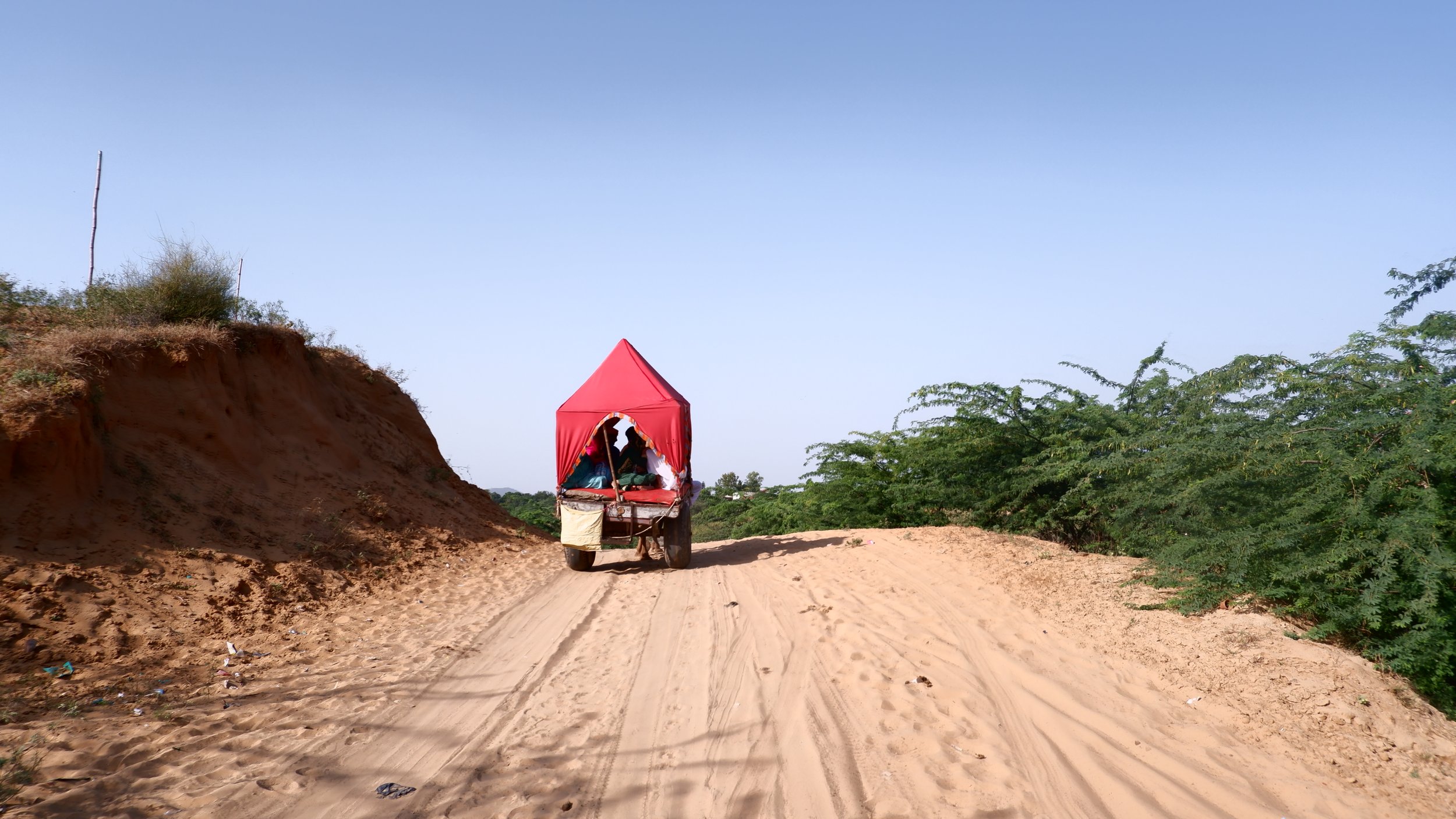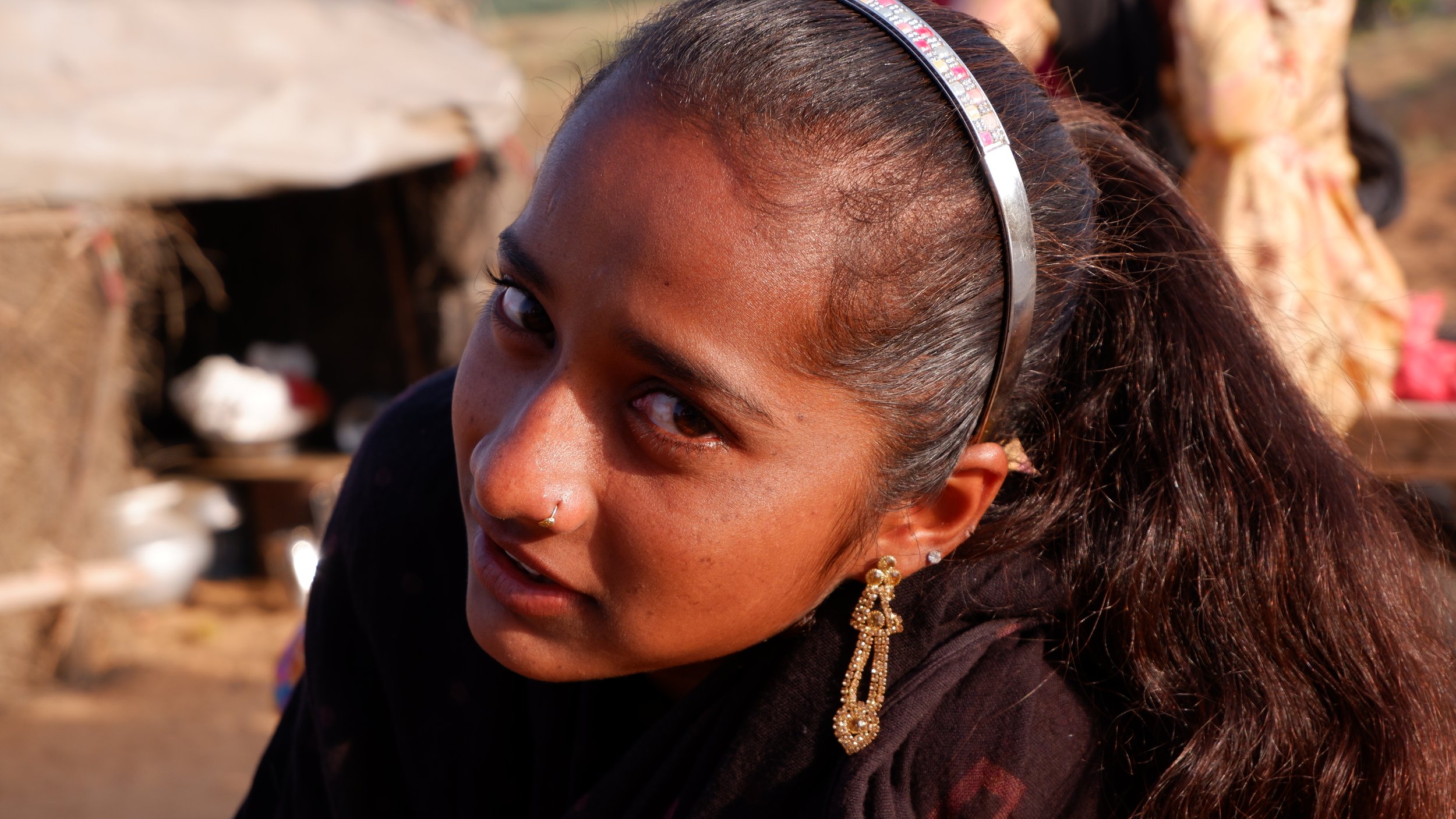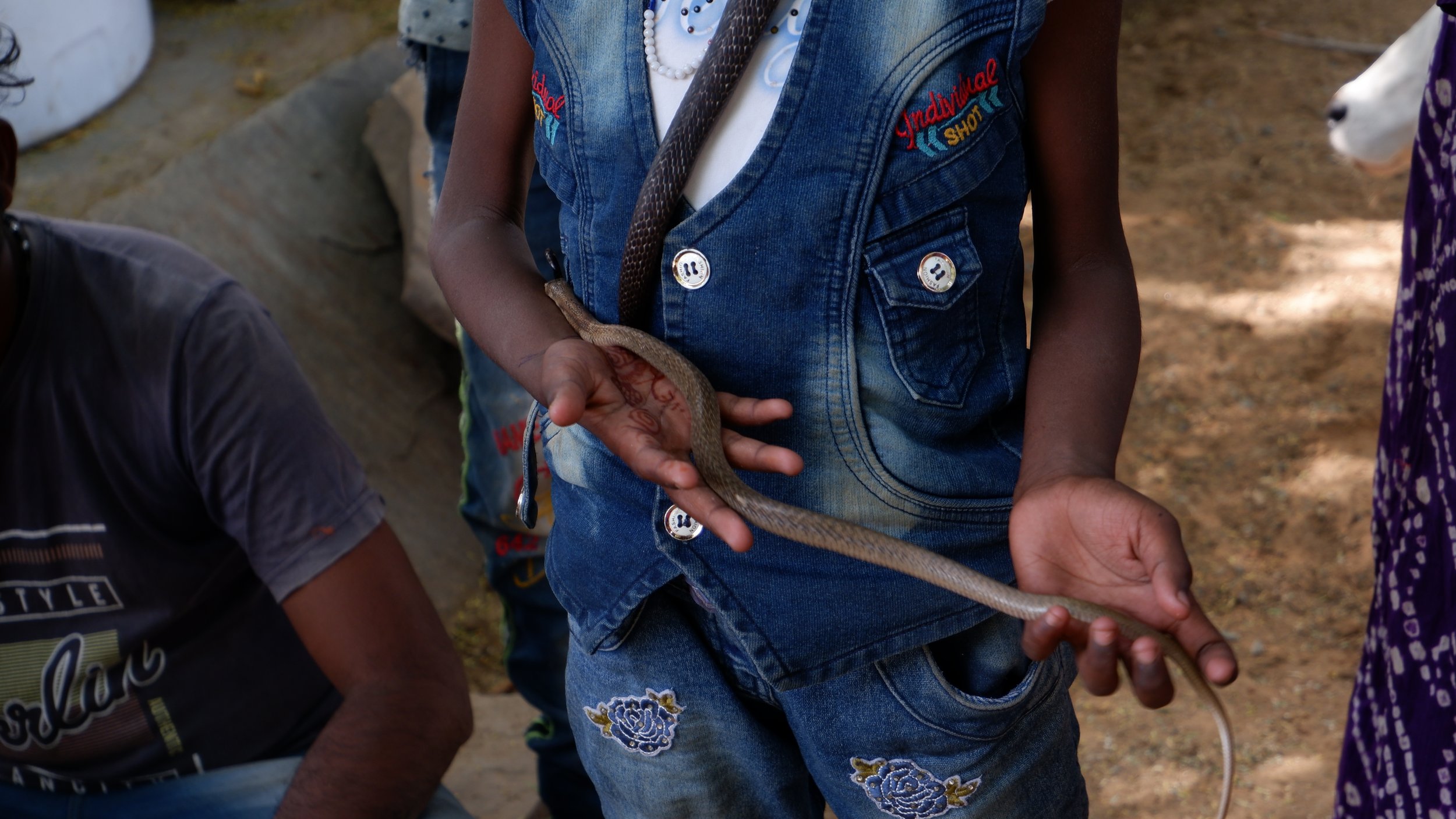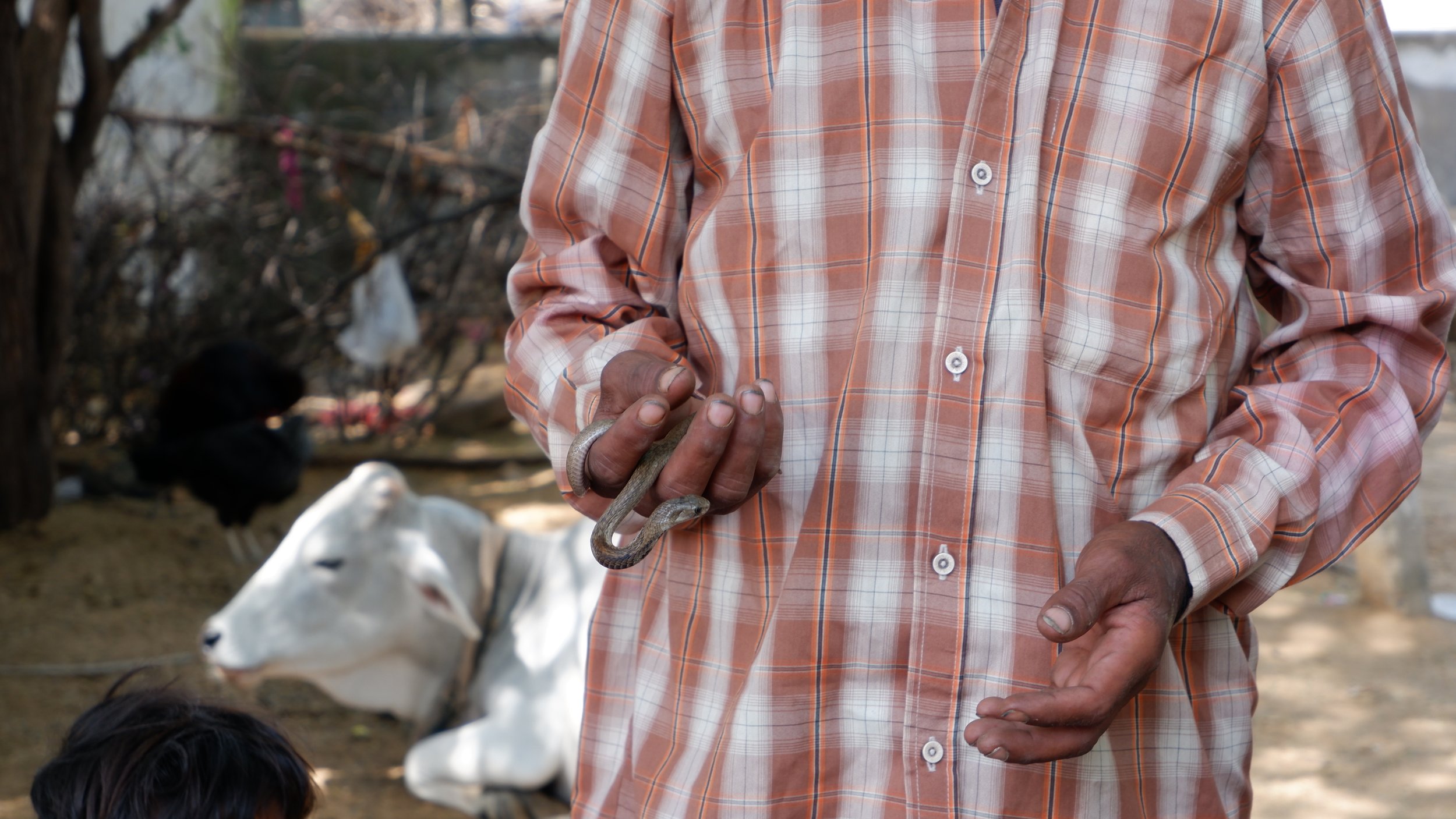A photo grant adventure revealed to me the side of the Banjara I hadn’t romanticized.
My initial proposal was a personal outlook on nomadism and what's contained in its universe. From the monks to backpackers, relatively new digital nomads to hipsters and everything in between. The idea of nomadism to me is a vast understanding of the concept more than just an outrageously free lifestyle. For this, I travelled North. Starting from the Himalayas. I stayed and travelled in Himachal Pradesh for close to a month. The motto of this grant as my understanding goes was to showcase India and its culture through an intensive lens. Before I knew I had been selected for this opportunity, I had already hit the road. While in Himachal, I received this great news and immediately penned down everything I could think of when I thought about culture and India. In every single category which is mentioned by your organization. I had hit the road with a four month mindset (which eventually did not happen) to write my book alongside. When I committed to the grant, I wanted to give it all I could and utilize my time from the road. I shot a hundred year old traditional Himachali house full of wood carvings, a practice passed on through generations to the owner, an avid traveler himself and an early Indian hippie. The making of the Siddu, a traditional pahadi dish, an old pahadi ‘Baid’, a natural medicine man. And several other things. Next stop was Rishikesh, the land of yogis and monks. Naturally, my only agenda in Rishikesh was to shoot wandering monks but like in any journey, I came across other treasured stories from the place while I lived in an ashram/temple. By this time, I had my first call scheduled with the jury. At this point, I got to know we were only focusing on indigenous communities (since that’s what the majority were shooting) or tribes. All my upcoming plans trembled. I already had my tickets booked for Kolkata in two days to shoot the Durga puja, a festival gloriously celebrated in Bengal. Since all the plans for Kolkata were in place and arrangements had been done, I decided to go. But now I had to focus on one community only (as asked for specifically at that point) and that had to be nomads. All this while I was avoiding that. The same shots that are always shot, depicting Indian nomads as some sort of wandering colorful herds, the overly saturated subject of the banjaras by our community of photographers. Cancelling the rest of my plans for this project, I decided to go to the one state we first think of when we say ‘banjara’, Rajasthan. What happened in Rajasthan is furthermore, interesting?
Every local from Jaipur to Pushkar told me I was looking for something that can not be found anymore. My plan was to live with the banjaras, along with their caravan, and shoot their everyday life for a period of time. People living in Rajasthan for decades told me the banjaras didn’t exist anymore. All of them had settled down and the caravans did not exist. In Pushkar, the remaining communities that were nomadic until a decade ago, were found living in small communities across the desert in patches. I found the Kalbeliyas and the Bhopa. For the very first time I heard a bajara say they despise travelling. The very idea that our pop culture and media have advertised for years! They used to travel from locations for business and travel was not pleasant. The first chance they got to settle down, they took, keeping the legacy of their ancestors behind. At present, they are glad to be able to send their children to government schools and not eat once in three days, as a woman mentioned in our conversation. Now pushkar, in the words of the many locals there, is ‘just a showpiece’. Where banjara looking people and camel owners sit in the mela ground through the year, waiting for foreigners and tourists to visit with the cameras and make money out of it. Everything remaining is a paid show, an authentic experience is almost impossible to achieve especially after the pandemic hit these communities harder than the urban folks. Tourism is recovering slowly but the wave made locals desperate to encash tourists more than ever. Every picture is paid for, every conversation is a transaction and for their own right and well explained reasons. I got the images I was looking for and envisioned, if not the experience.

















































































